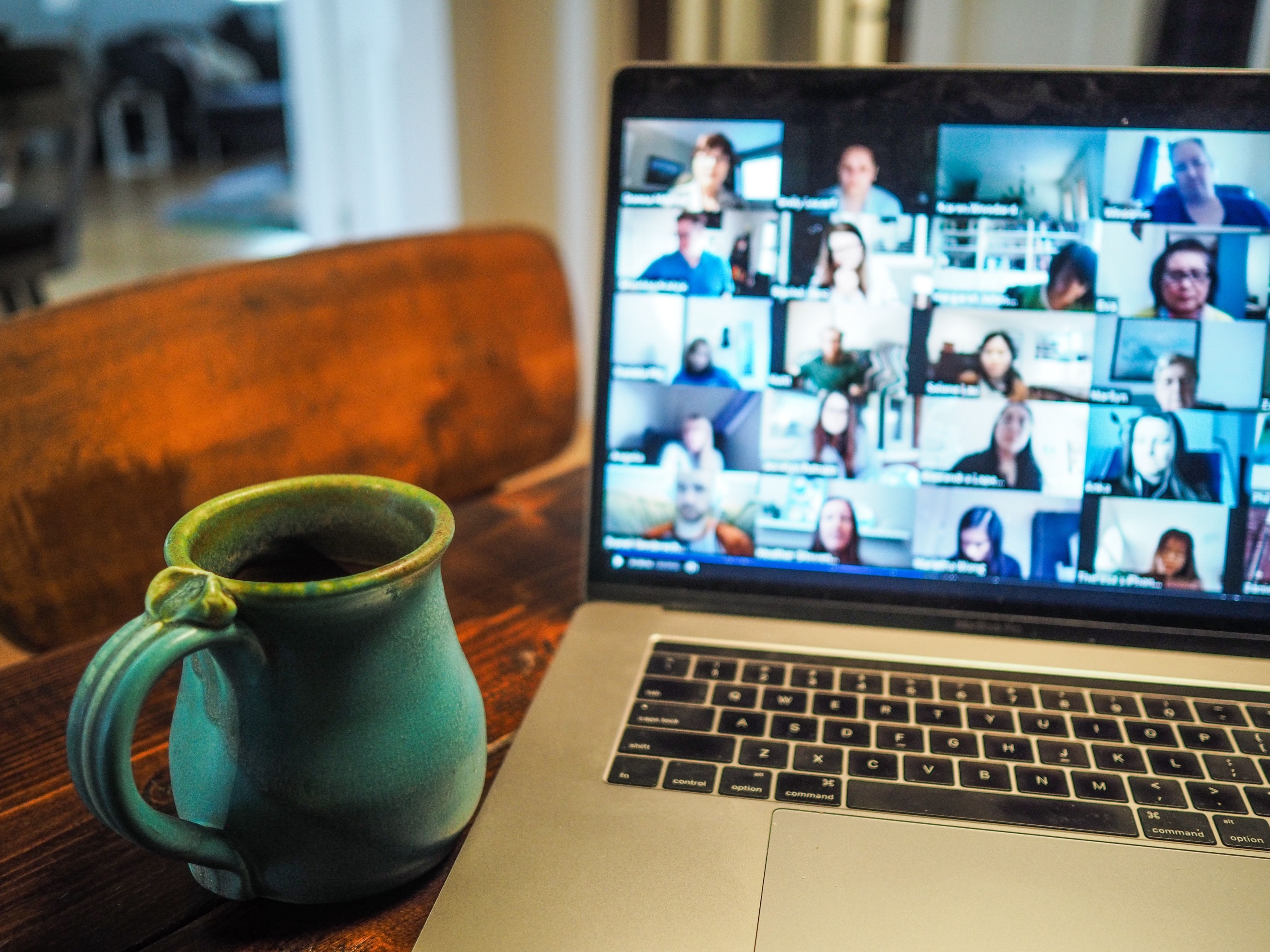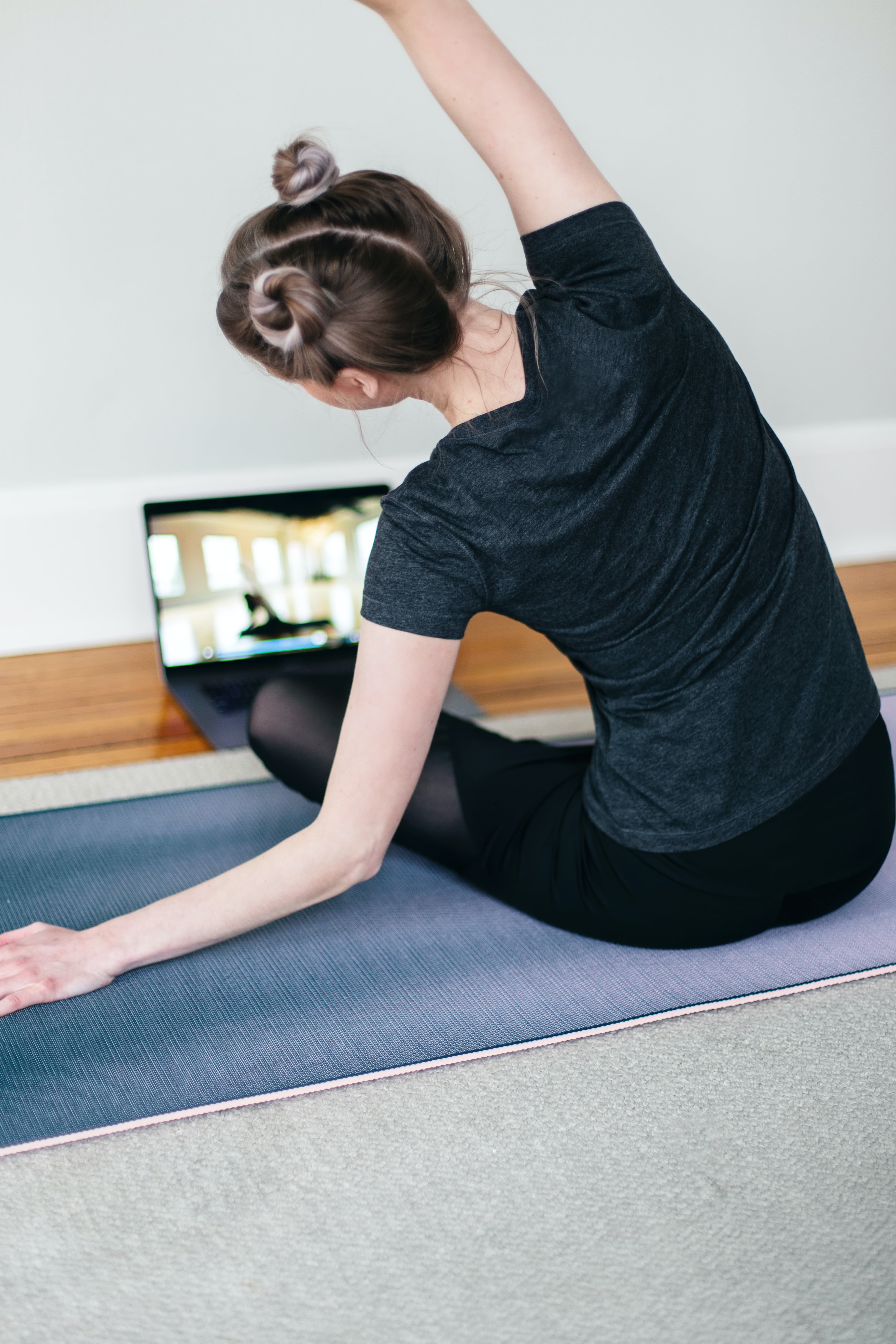Top 3 Best Practices for Remote Work

1. Establish a Dedicated Workspace

Probably the most crucial foundational step to successful remote working is establishing a dedicated workspace. This area, distinct from spaces associated with relaxation or social activities, signals to your brain that it's time to focus and be productive. Ideally, this should be a quiet, well-lit area where distractions are minimized. Having a specific spot for work helps in mentally separating work from personal life, reducing the risk of burnout and enhancing work-life balance.
Unlike an office space, your dedicated workspace is entirely customizable to your preference. So, add that funky light source, add a fishbowl or a mini fountain, add something that compliments your personality but also gives you comfort.
This not only boosts productivity but also helps prevent physical strain over long periods. A dedicated workspace can significantly improve focus, organization, and ultimately, the quality of your work, making it a key best practice for anyone working remotely.
2. Set Clear Boundaries and Work Hours

While working at home can be comfortable, it can also be challenging to keep focused on your tasks. There are a plethora of distractions and those are amplified even more when you live with other people. Not only that, but remote work often blurs the lines between personal and professional life, leading to either overworking or underworking.
Establishing clear work hours and communicating these to your household members is crucial. Treat your work hours as you would in a traditional office setting by taking scheduled breaks and clocking out at a set time. Utilize tools like digital calendars to block out work times and share these with your team and family to respect these boundaries. Setting these limits not only enhances productivity during work hours but also ensures you have quality time for personal activities, contributing to overall well-being.
3. Take Regular Breaks and Don't Skimp Out on Workouts


Even though you are working remotely at home or at a vacation destination, you are still susceptible to bouts of work stress and burnout. The key to solving these issues is by integrating regular breaks and physical activity into your remote work routine is essential for maintaining both mental and physical health. Sitting in front of a computer for prolonged periods can lead to fatigue, decreased concentration, and health issues such as eye strain and poor posture.
These breaks not only help in reducing physical strain but also refresh your mind, leading to increased creativity and productivity when you return to your tasks. Incorporating longer periods of physical activity, such as a midday workout, yoga session, or even a brief walk outside, can further enhance this effect by boosting your mood and energy levels.
Take control of your work even when you're not at your workplace, as successful remote work hinges on creating a focused workspace, managing time effectively, and incorporating regular breaks for overall well-being.

